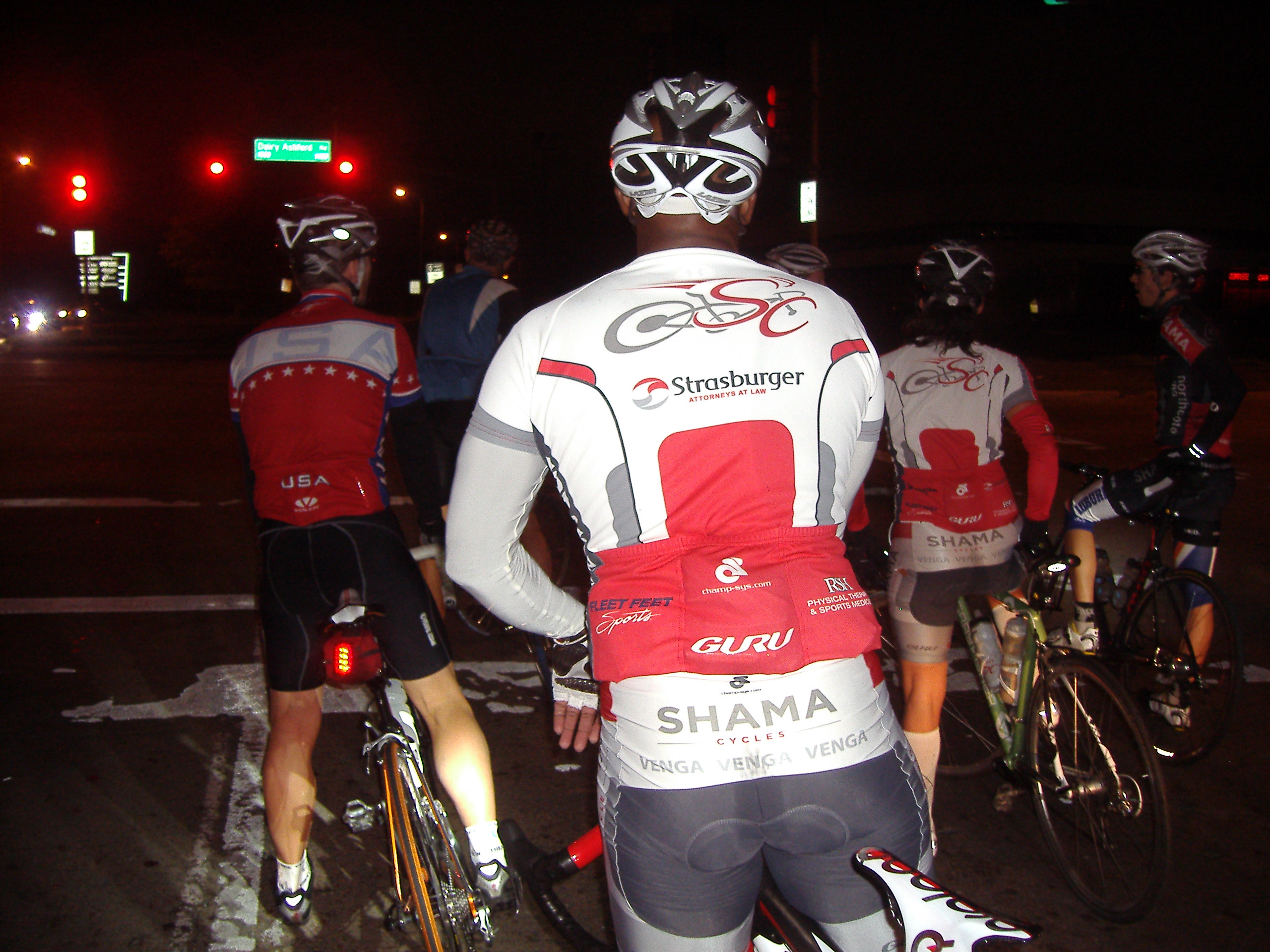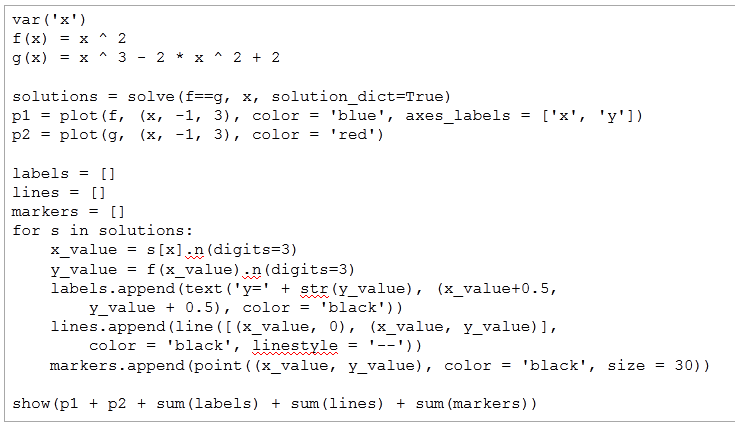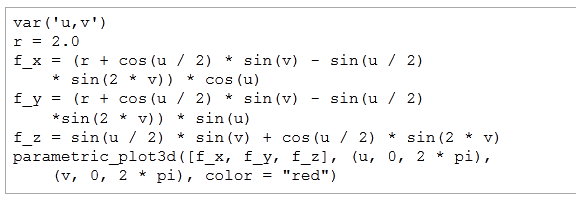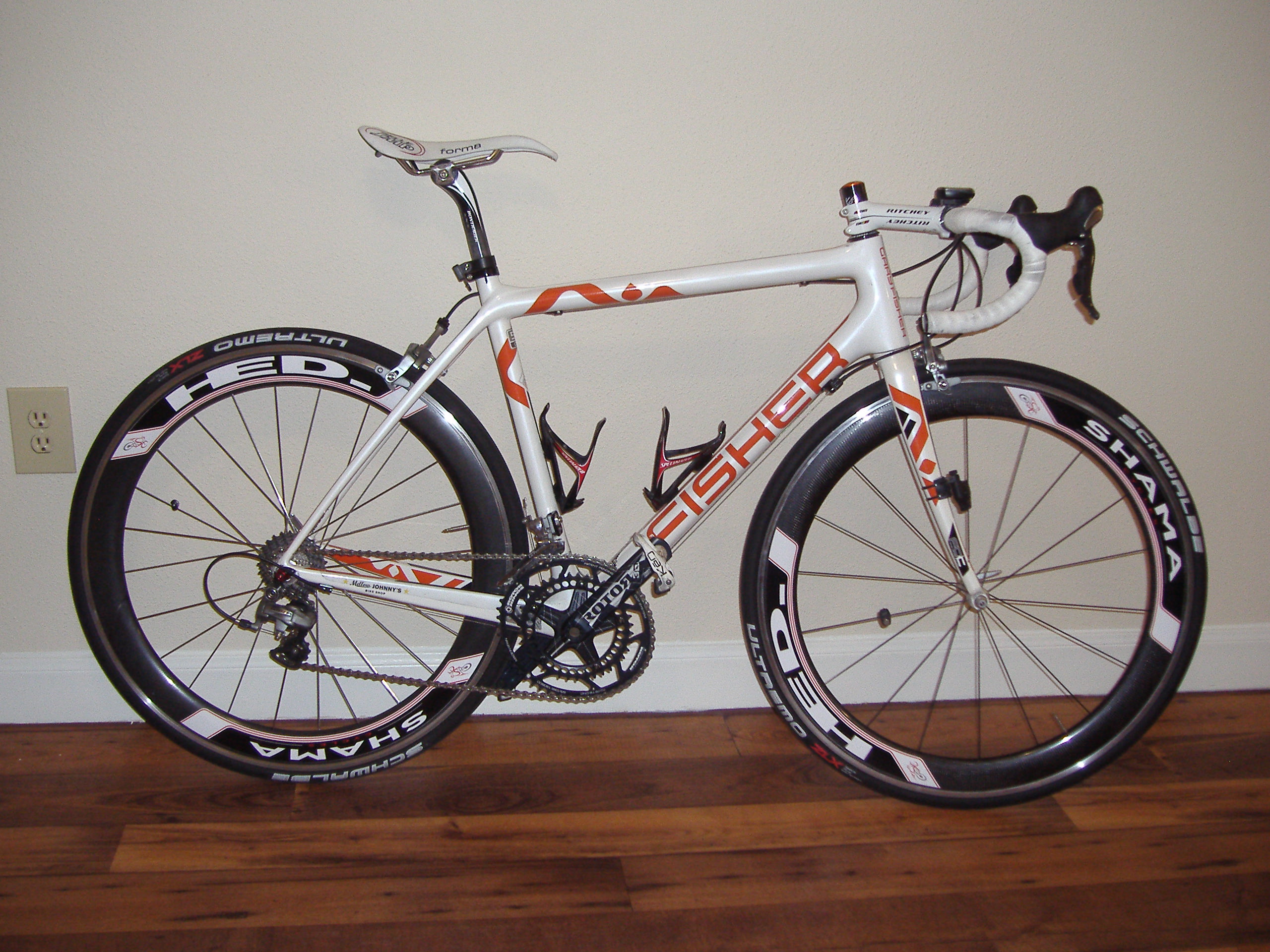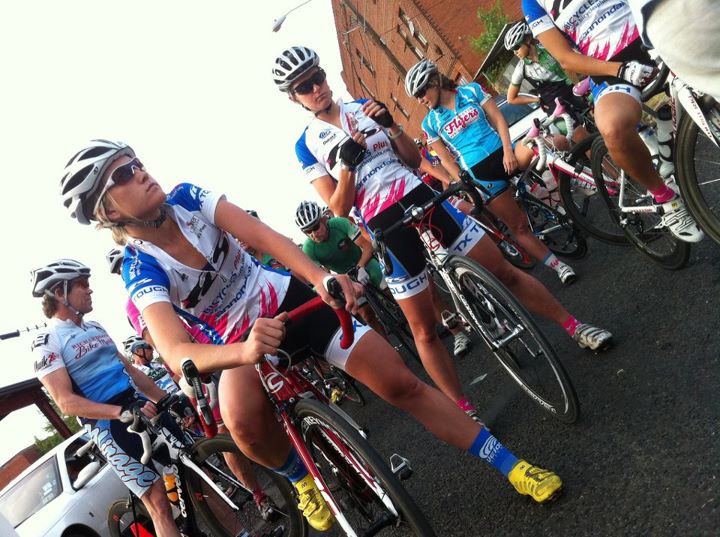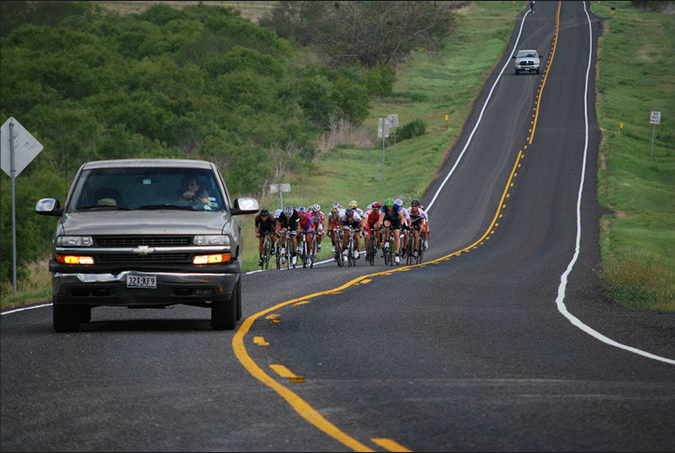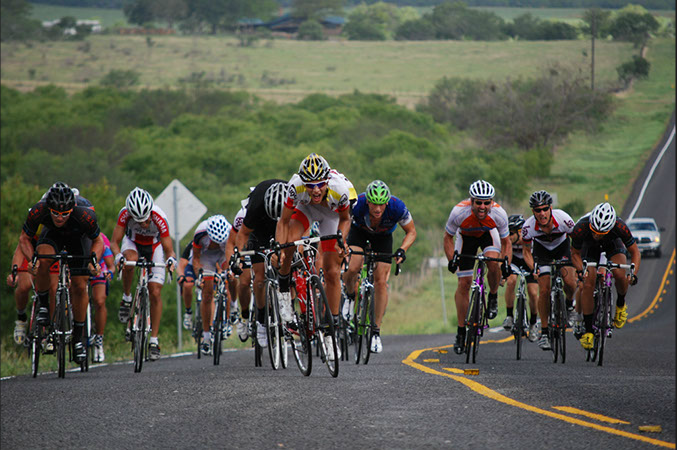Hey everyone,
The Texas Bicycle Racing Association (TXBRA) road season actually ended two months ago in October, but I spent most of my free time studying for exam MLC. I think I spent about 300-400 hours in total, so as you can see the exam represents a more challenging hurdle than your typical college-level test. I took the exam about a month ago in early November and I won’t receive my results until the 6th of January. Overall, I think I did well on the exam – I paced myself correctly and I only struggled with a handful of questions. Then again, you never know how these tests turn out until you get your result, so in the meantime I’ve been focusing on work, study, and cycling to ease the anxiety of waiting.
Anyway, I don’t have to worry about taking another test until May so I’ve decided to update this blog every weekend starting now. I have two and a half months until my first race, so you won’t be getting any more race reports until March – but I’ve decided to devote my time each week to work on a project of my choosing – for example, next week I’ll post about a LaTeX project that I spent the last two weeks setting up. I imagine that most of the updates will focus on Mathematics, Computers, or Statistics, or maybe just whatever happens to excite me at the time. Today’s entry covers the events from the last important road race of the season – the Fort Hood State Championships – along with some minor and major events that occurred between then and now.
I don’t have much to say about Fort Hood – the nasty climb at the beginning of the race, over which I struggled last year, surprisingly didn’t pose much of a problem on the first ascent. Unfortunately, as a category 4 racer this year I would have to ascend the climb twice. After the first climb I still felt fresh, but a series of nasty attacks, accelerations, and a brutal crosswind on top of that left me gasping for breath after an hour of hard racing. I spent the next 10 minutes alone until Doug Baysinger and Tom Warnement caught up with me, and together we closed out the first lap. Doug ended up having a pinched nerve in his neck and had to pull out, and Noe Espinosa, another Shama racer, vanished from the pack after the first climb and had to abandon as well. This left Bill Krause as the only team member in the pack and he finished a respectable 26th. I finished way down, in 78th place. Said Assali, a Shama category 5 racer, finished 8th in his race. Bill Fiser, a category 3 racer, ended his season as the State Champion – and has now upgraded to category 2.
Overall, in terms of results, I had a mediocre season. Last year, I had four top-10 finishes whereas this year I only had one. On the other hand, I view this season as a better one developmentally – as I had bigger improvements in strength and racing knowledge. Sometime after Fort Hood, I upgraded my bike with two important training tools – a heart rate monitor and a Quarq power meter, coupled with a Garmin Edge 500 – which allow me to monitor my data with greater breadth, depth, and precision.
To help me with my training, Ken Day recommended that I read Training and Racing with a Power Meter by Hunter Allen and Andrew Coggan. I also plan to read Friel’s The Cyclist’s Training Bible, which serves as an essential reference to any competitive cyclist.
Other than Fort Hood and exam MLC, not much has happened since then, although one event does stick out as something that I’ll remember for the rest of my life. After my exam, I hadn’t trained for about a month and lost a lot of my fitness, and since then I’ve gradually built it back up by returning to the early morning group rides. On one particular Friday morning I decided to go out with the group even though I normally don’t ride on Fridays, because these rides tend to be easier than the Tuesday rides. For the first hour everything went smoothly until we hit Eldridge Parkway at Memorial. I remember talking to Trent about a Mac Book Air that he wanted to buy and as we set off after the light we continued for a few hundred yards until we found another Shama rider lying on the ground on the other side of the street. At first I thought we had a typical crash within the group but it seemed strange as there weren’t any typical “crash noises” (tires streaking, yelling, bikes hitting the ground, etc.) that I would have heard ahead of time. When we stopped to assist the rider, it was clear that the accident had occured on the other side of the street, away from the group. On closer inspection we realized the rider was Philip Shama, and after seeing a Mustang with a broken windshield stopped a few meters ahead we knew that Philip was in serious trouble. John Neese called 911 and the others tried to keep Philip still although he kept trying to move around in a state of semi-consciousness, muttering incoherently and wiggling his fingers. The ambulance and fire truck arrived in minutes and got Philip to the hospital.
Apparently, the driver, who was moving in the opposite direction to the group, saw all of our lights and became distracted. Philip, who sometimes rides opposite to the group to catch us midway during the ride, rode in front of the driver. The driver failed to see Philip and rear-ended him, shattering the rear triangle of his bike. Philip went over the trunk and broke the windshield of the car, and hit his head. He ended up with a broken leg, arm, and collarbone, and had a severe concussion with some brain bleeding. We were all in a state of shock as we rode back and we didn’t get to hear about his condition until noon. I was very uneasy until then, and after a day or two we realized that he was okay.
It’s times like this that stress the importance of bike safety, especially when riding in the dark. Had it not been for his helmet, Philip would have died that day. Just last week a very promising Texas racer Megan Baab was killed during a training ride. The sport is not without its risks, but we have to take the necessary precautions to be safe if we want to do the things we enjoy. I’m just glad that Philip’s alright. The cycling community wouldn’t be the same without him.
Sometimes I have difficulty expressing my gratitude to people but I assure you that I’m very thankful to have met all the Shama racers and people in the Houston cycling community this year, as you’ve done so much for me, as sometimes I find it hard to make friends with people or find people who like to do the same things I like to do, but you’ve all made the processes easier for me.
I’m very excited for next year. We’ve got some strong guys like Said Assali and Phil Trinder moving up to Category 4 next year and I’ll be happy to help them out. Over all, the last year has been very enjoyable, and I’m looking forward to having a great season in 2012.


